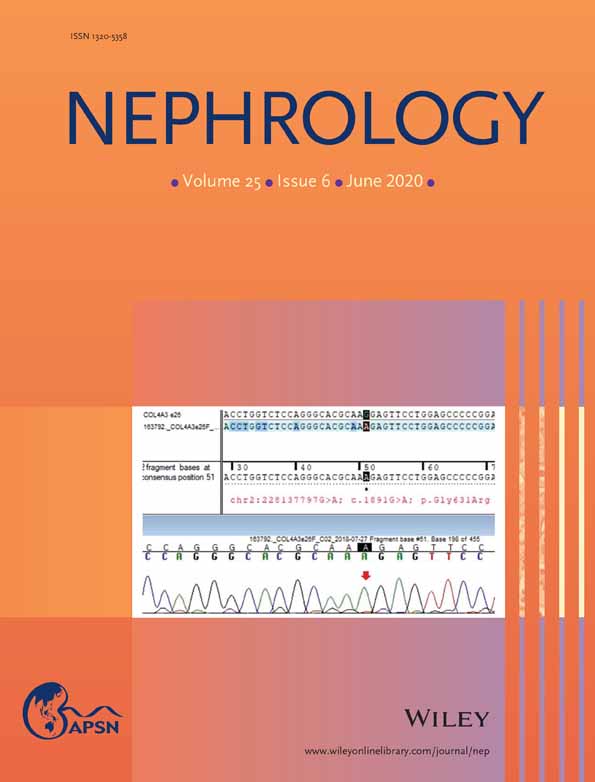Serum electrolyte dynamics in multiple myeloma patients undergoing autologous haematopoietic stem cell transplantation
Abstract
Aim
High-dose melphalan followed by autologous haematopoietic cell transplantation remains the standard-of-care therapy for multiple myeloma (MM). Gastrointestinal toxicity concomitant with electrolyte derangement is a primary cause of morbidity from transplant. Here, we assessed the dynamics of electrolyte imbalances and its role in hematologic counts and engraftment. Ω Patients and Methods
One hundred and eighteen MM patients that received transplant were studied.
Results
Engraftment speed (ES) was calculated as the period between the first rise in the absolute neutrophil count (ANC) and full engraftment defined as the first of three consecutive days with ANC > 500 × 106/L. The defined median ES was 2 days (range 0-5 days) and 40 patients had ES ≤2 days. Engraftment occurred at a median of 10 days. The median time-to-nadir for phosphorus and potassium was 10 and 4.28 days, respectively. The drop in phosphorus and potassium serum level was statistically greater in patients with an ES ≤2 days compared to patients with ES ≥2 days. Magnesium level were not significantly affected and there was no significant difference between the drop in serum phosphorus and potassium based on severity of nausea or oral mucositis.
Conclusion
Our results indicate that there is a significant correlation between the magnitude of drop in potassium and phosphorous levels and a steep rise in neutrophil counts around the engraftment period following stem cell transplant. These events indicate a “genesis syndrome” characterized by a rapid, massive transfer of electrolytes into proliferating cells as has been previously described after HCT for certain high-grade lymphomas and leukemias.
CONFLICT OF INTEREST
None of authors reports any relevant conflict of interest to content of this manuscript.




